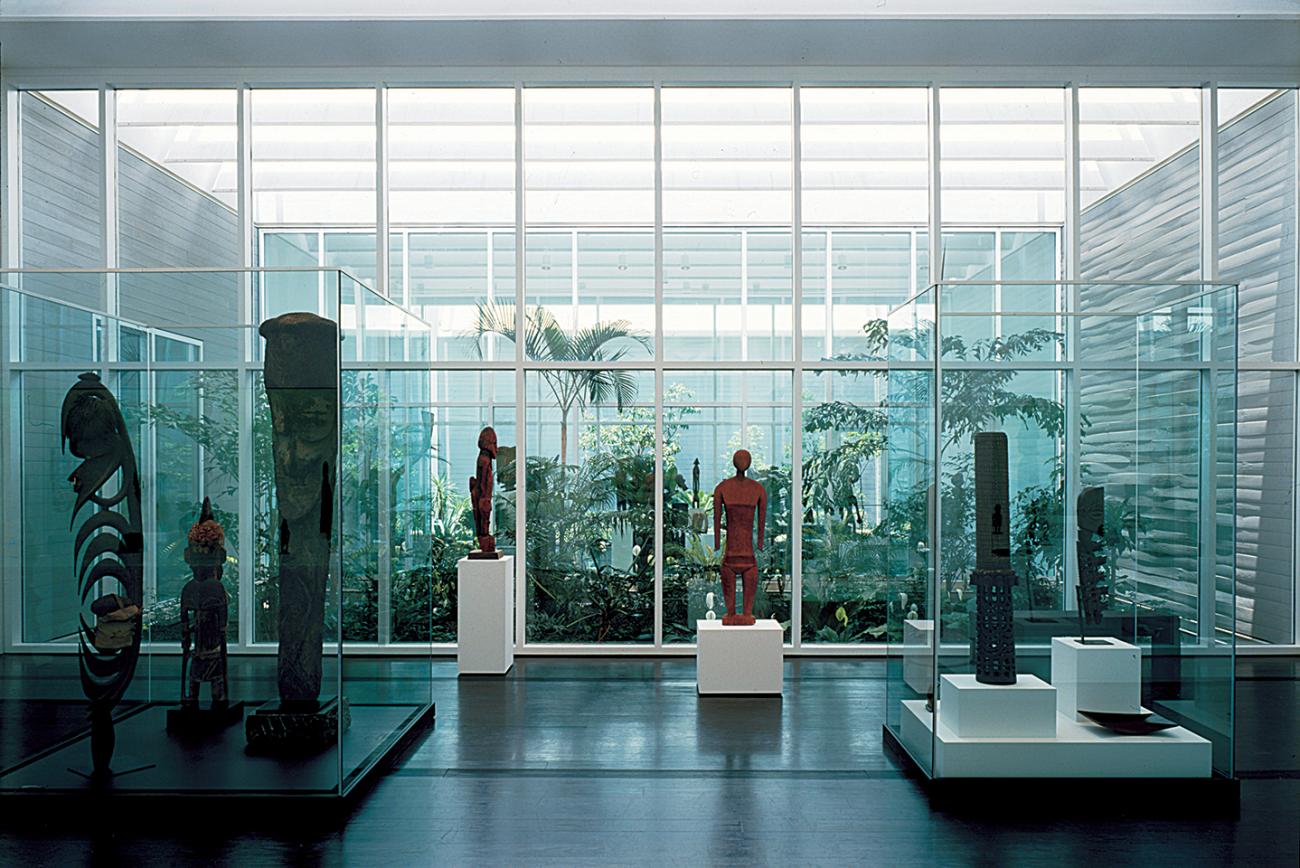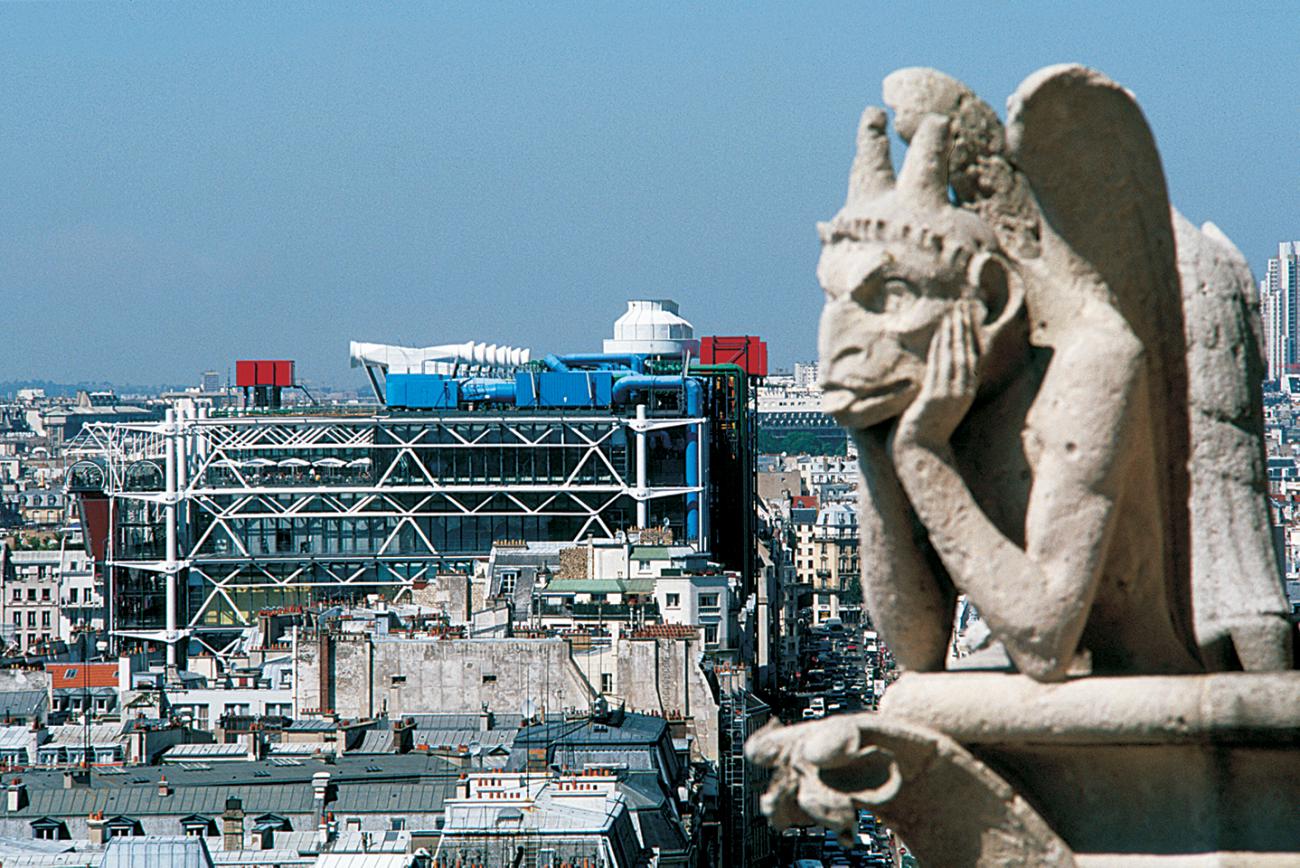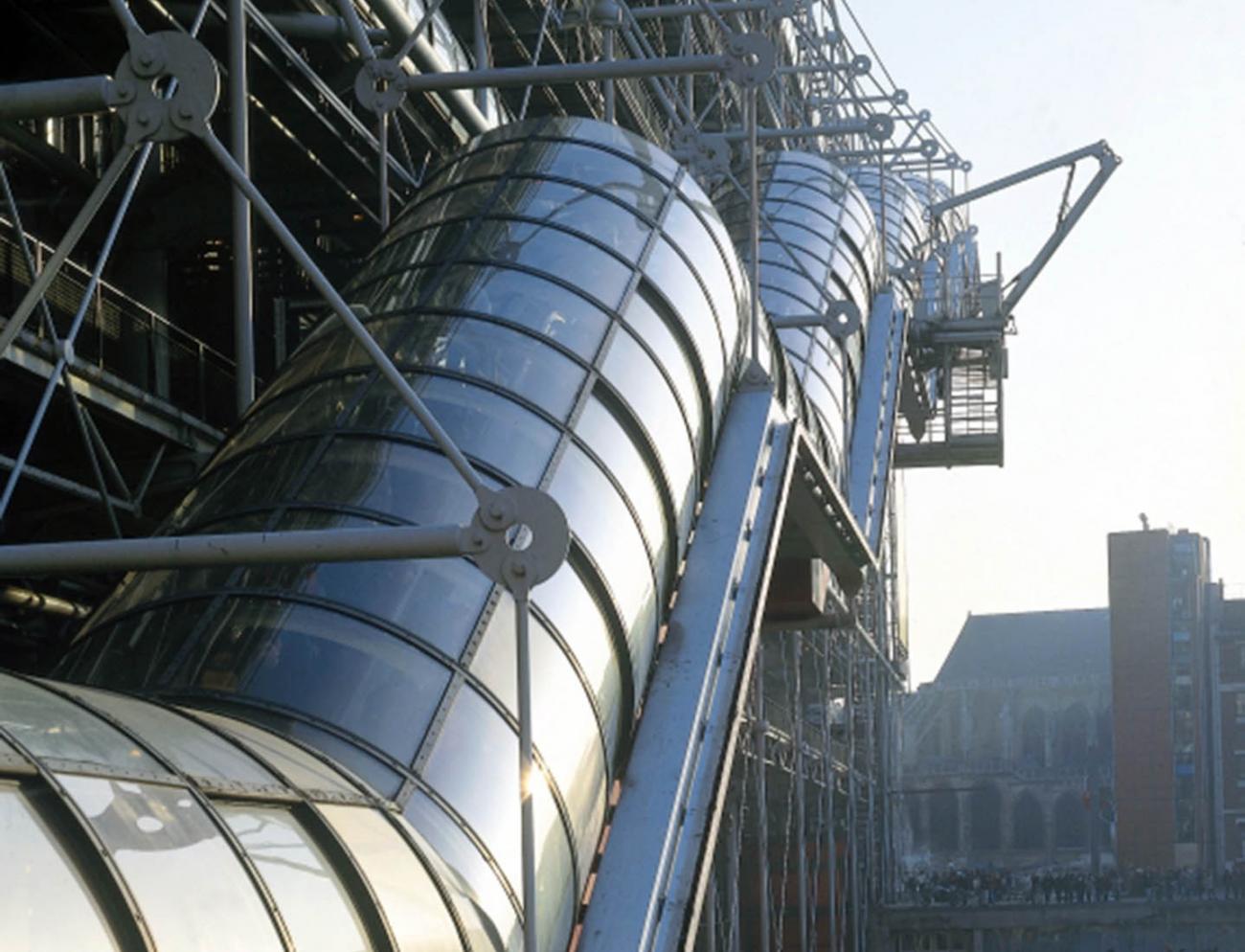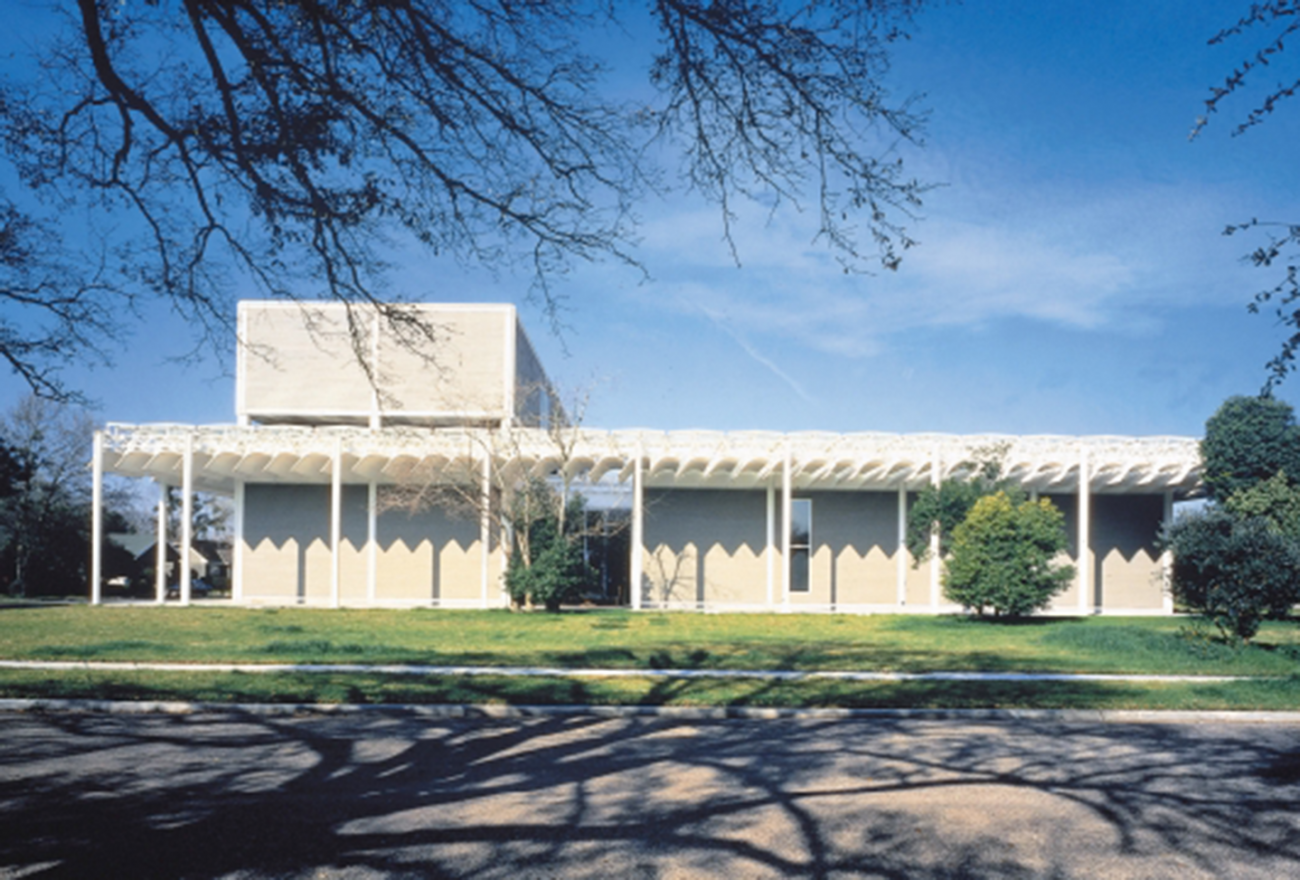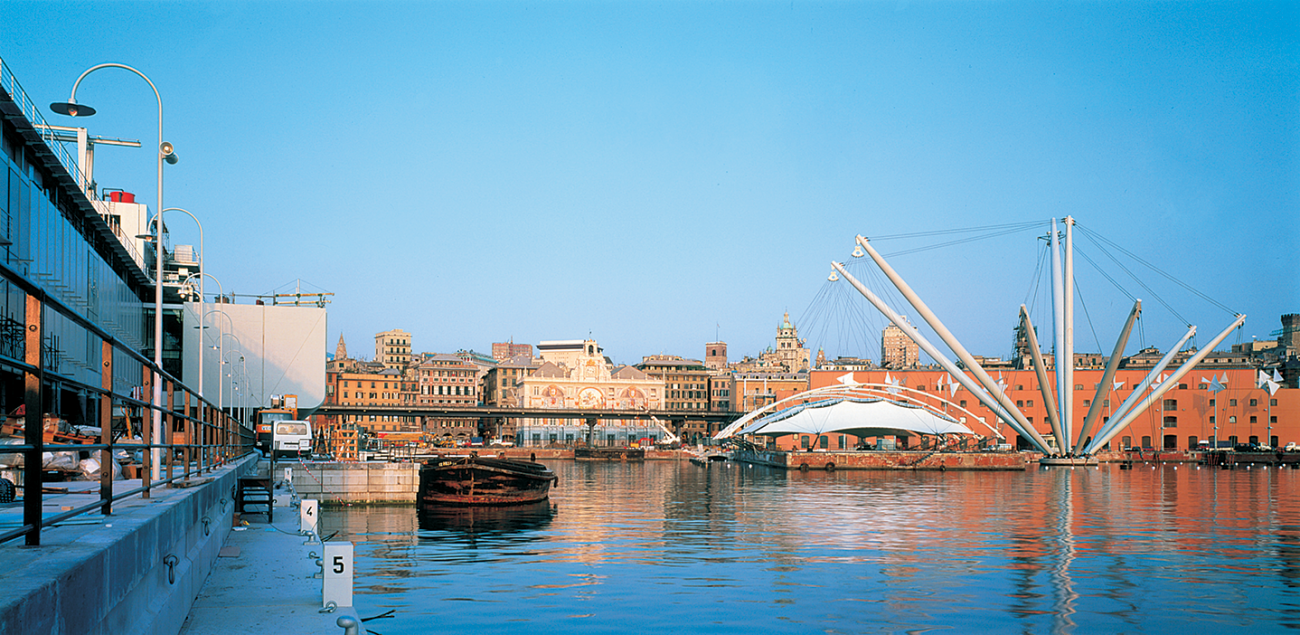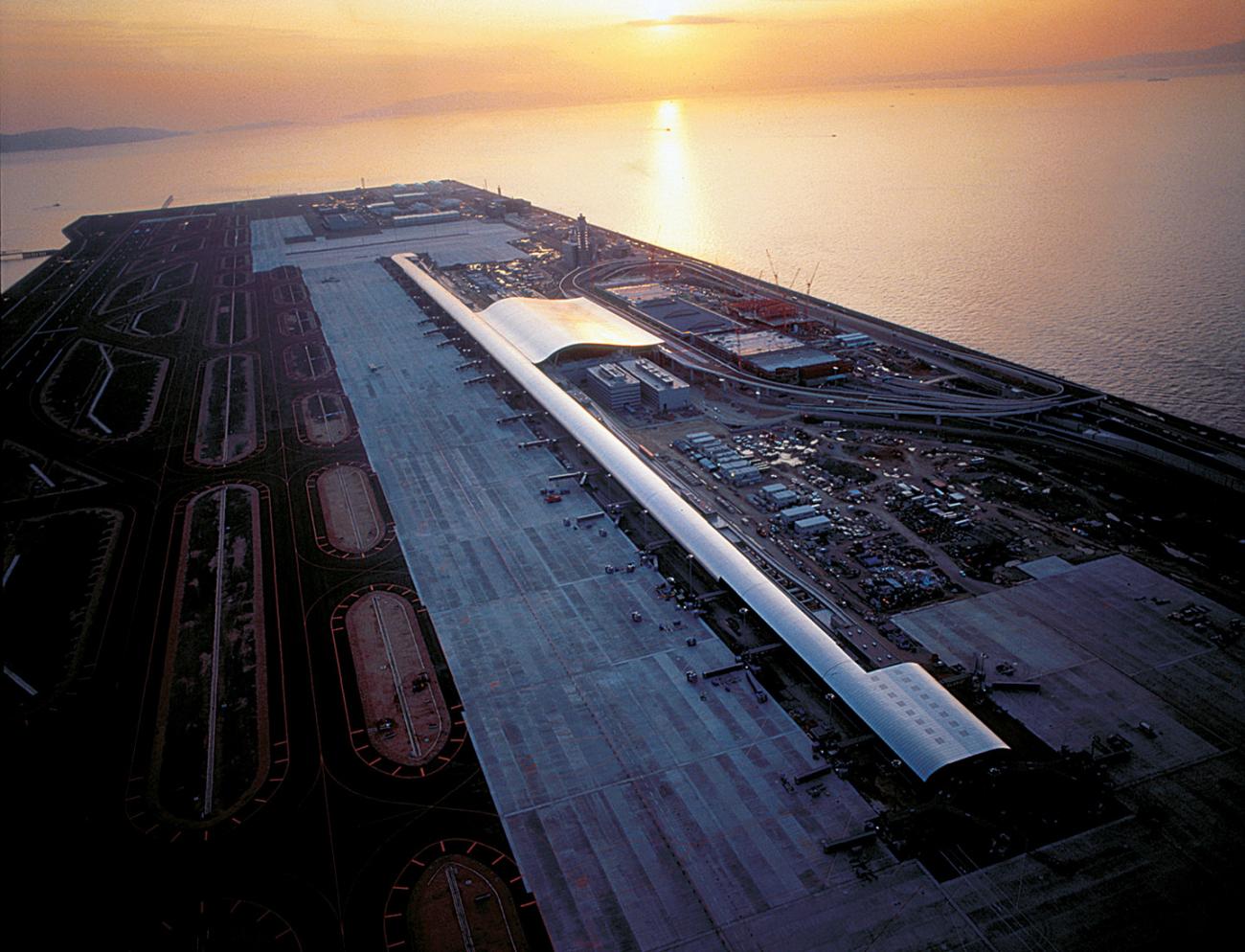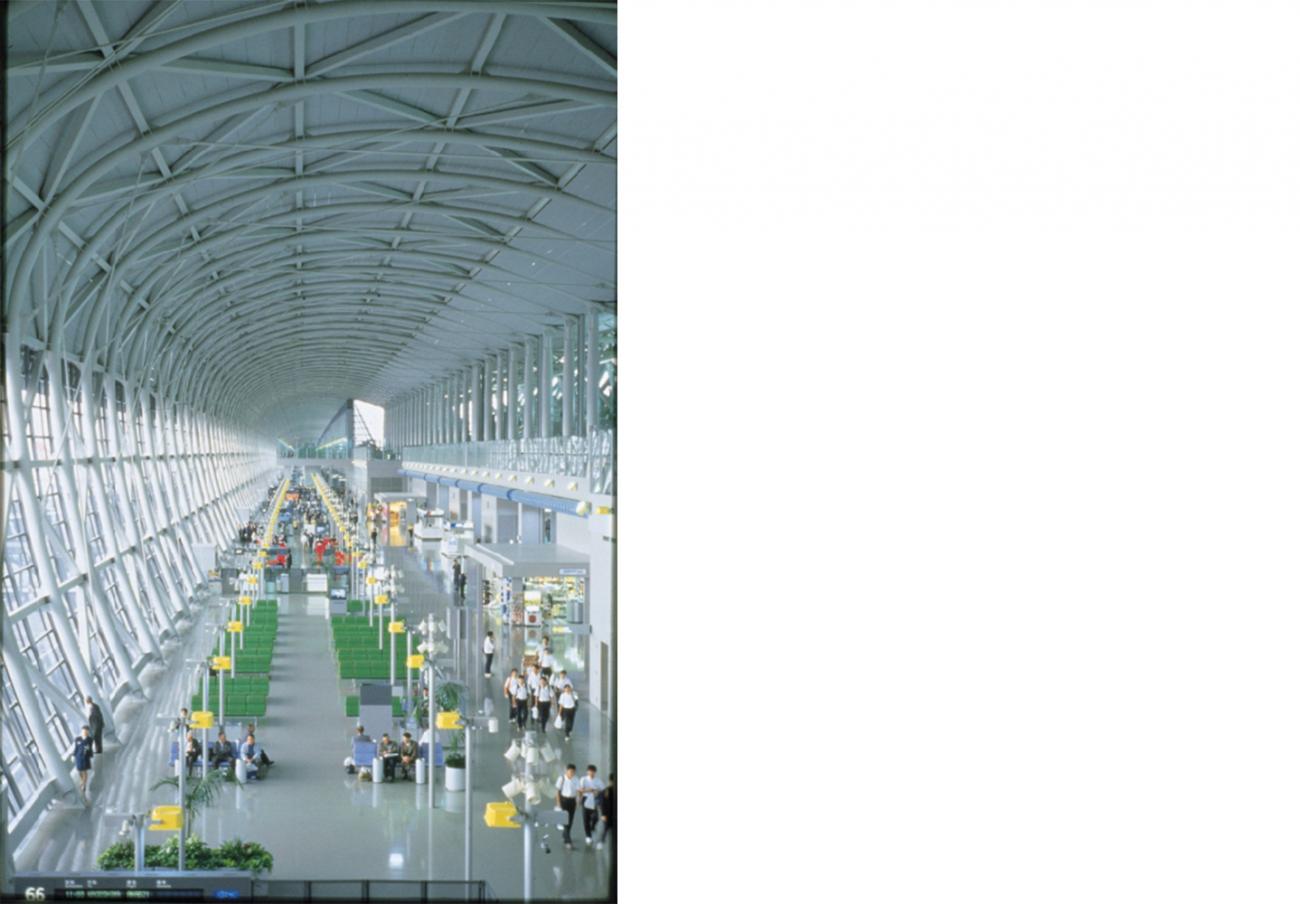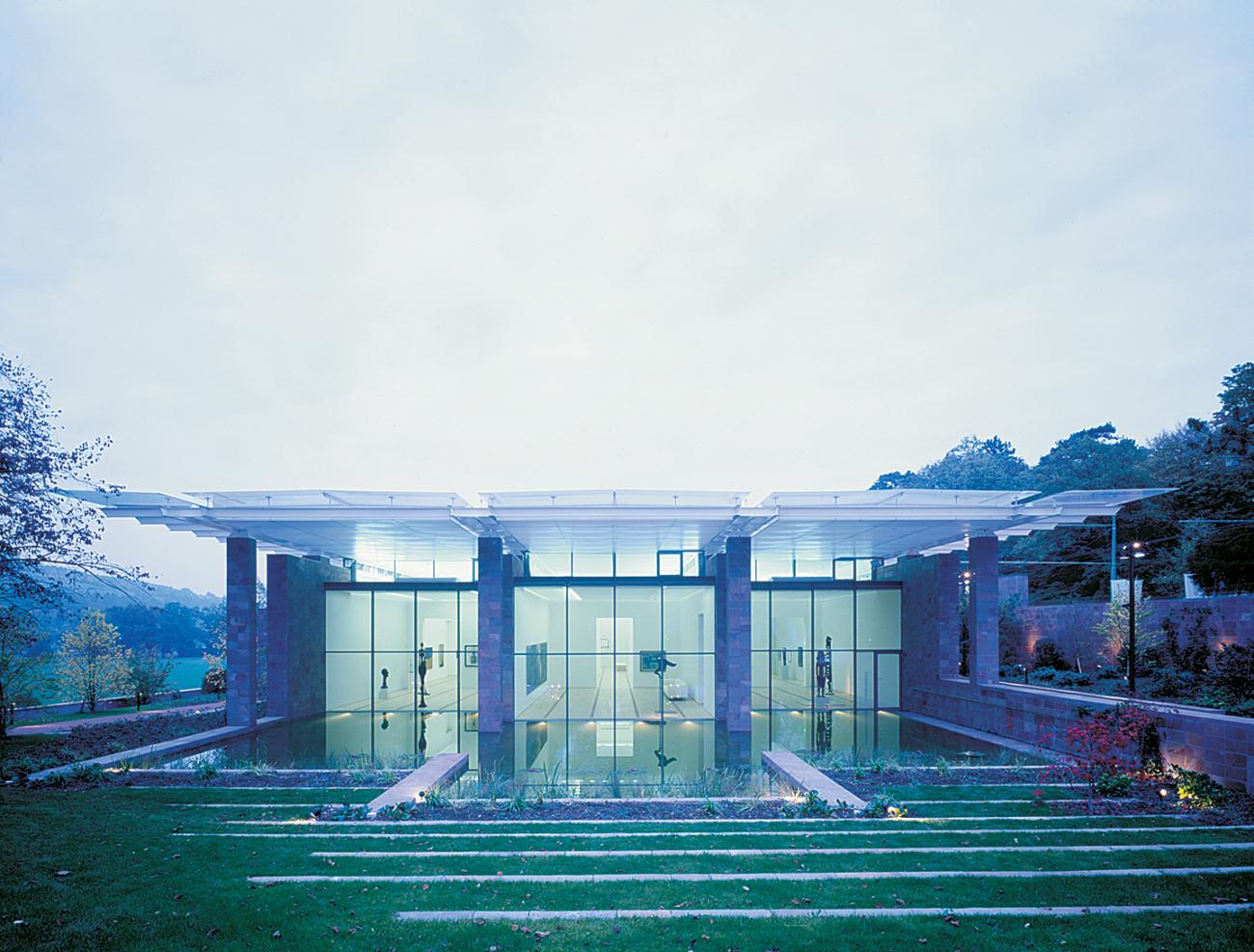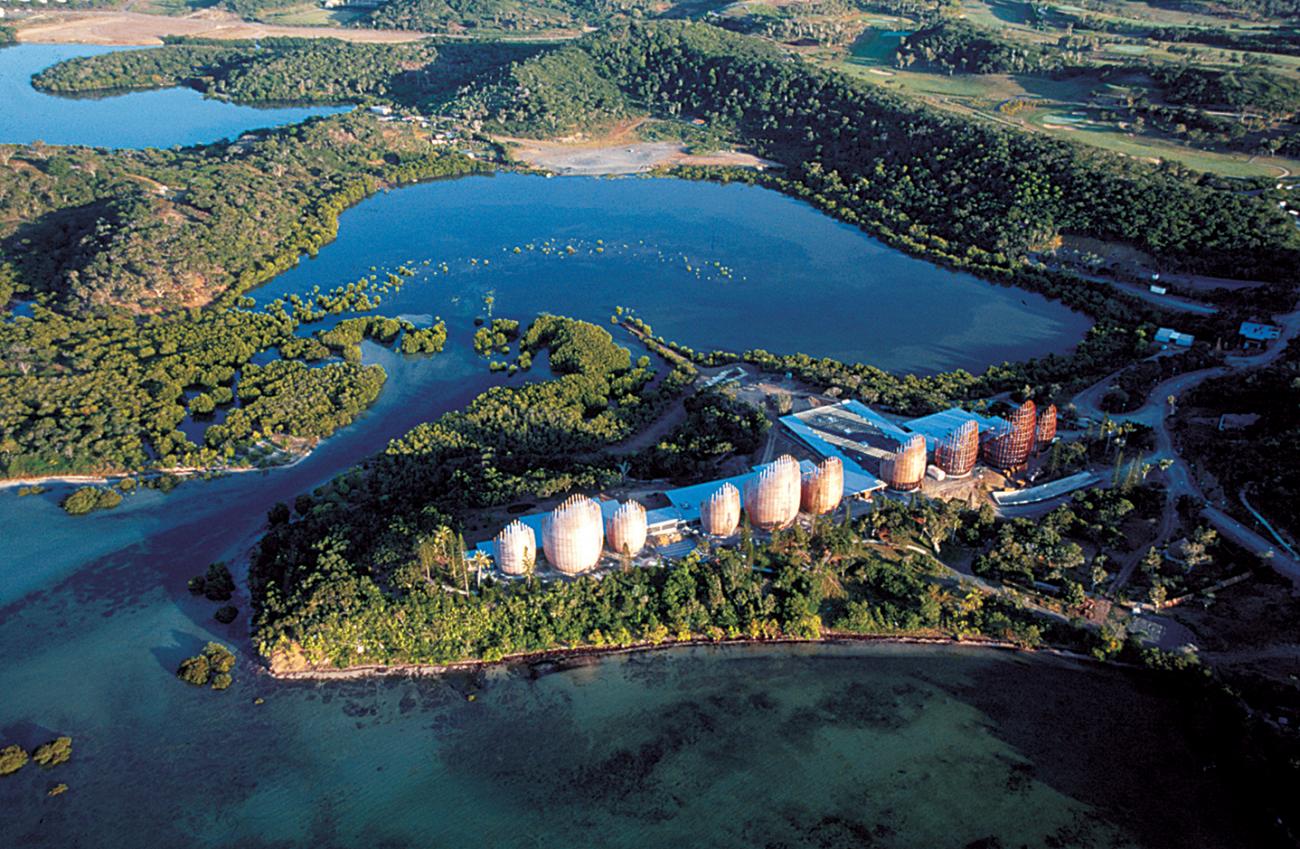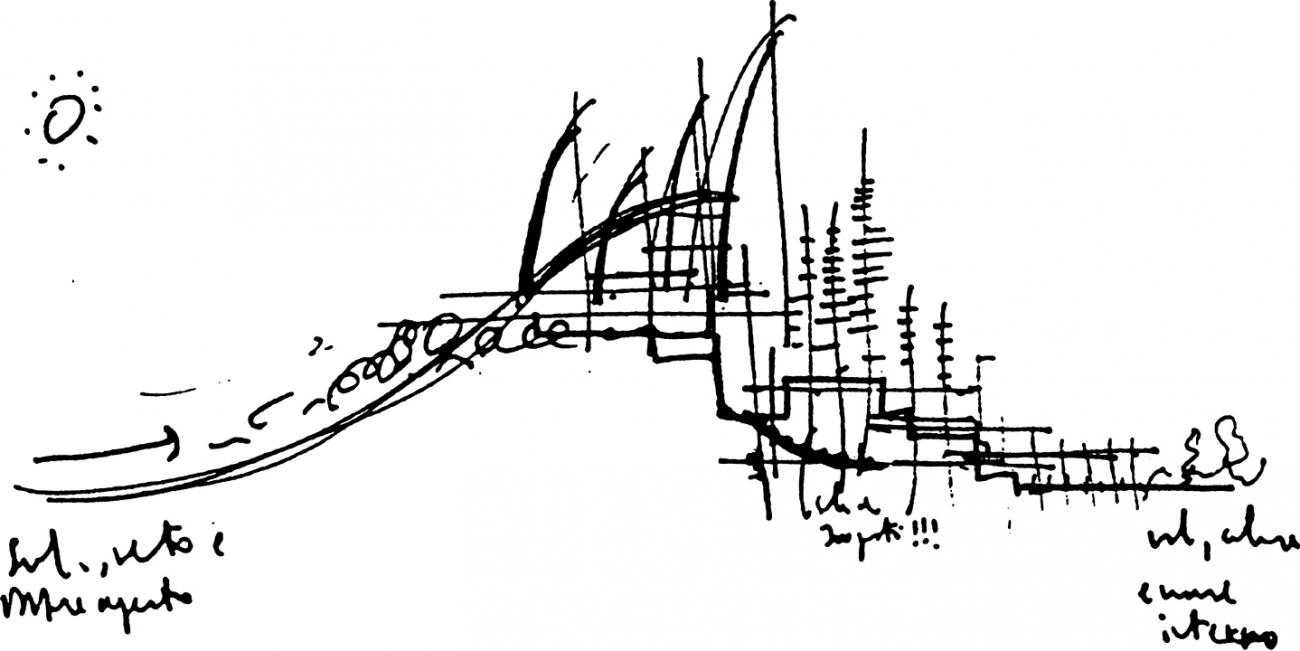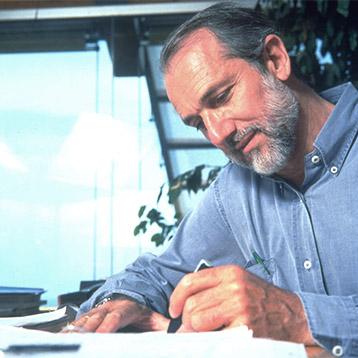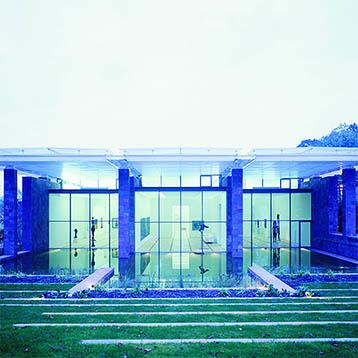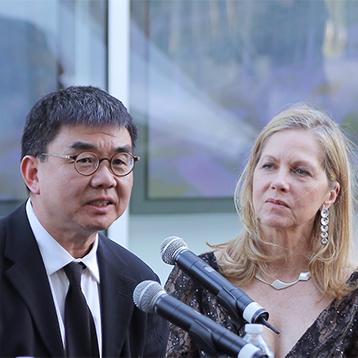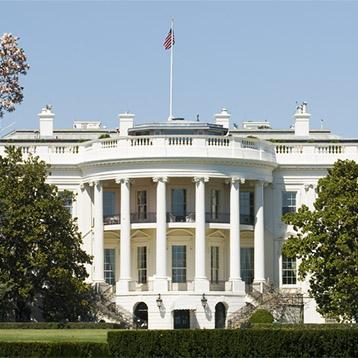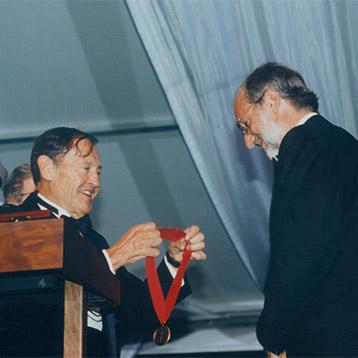Renzo Piano, the 1998 Pritzker Prize winner, is perhaps best known for his controversial design of the Centre Georges Pompidou, located in the heart of Paris and completed in 1978. Conceived in collaboration with English architect, Richard Rogers and described by Piano as “a joyful urban machine ... a creature that might have come from a Jules Verne book,” Beaubourg, as it is called, has become a cultural icon, expressive of Piano’s love of technology.
Born in Genoa in 1937, Piano comes from a family of builders. Following his graduation from Milan Polytechnic Architecture School in 1964, he worked in his father’s construction company and later was associated with the offices of Louis Kahn in Philadelphia and Z.S. Mackowsky in London. He formed Renzo Piano Building Workshop in 1980, which now has offices in Paris, Genoa and Berlin.
Piano is a prolific architect whose wide-ranging repertoire includes a housing complex on the rue de Meaux, Paris (1988-91); the world’s largest air terminal, built on a man-made island in Osaka Bay in Japan (1988-94); the conversion of a 1920s Fiat manufacturing plant in Turin into a multifaceted center for technology and trade fairs (1985-93); and the San Nicola Soccer Stadium in Bari, Italy (1987-90), site of the 1990 World Soccer Championships.
